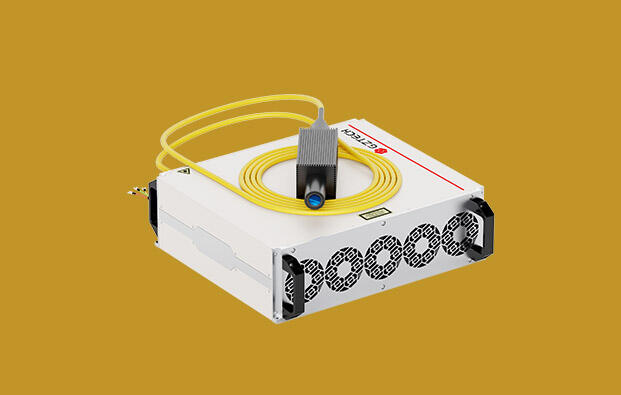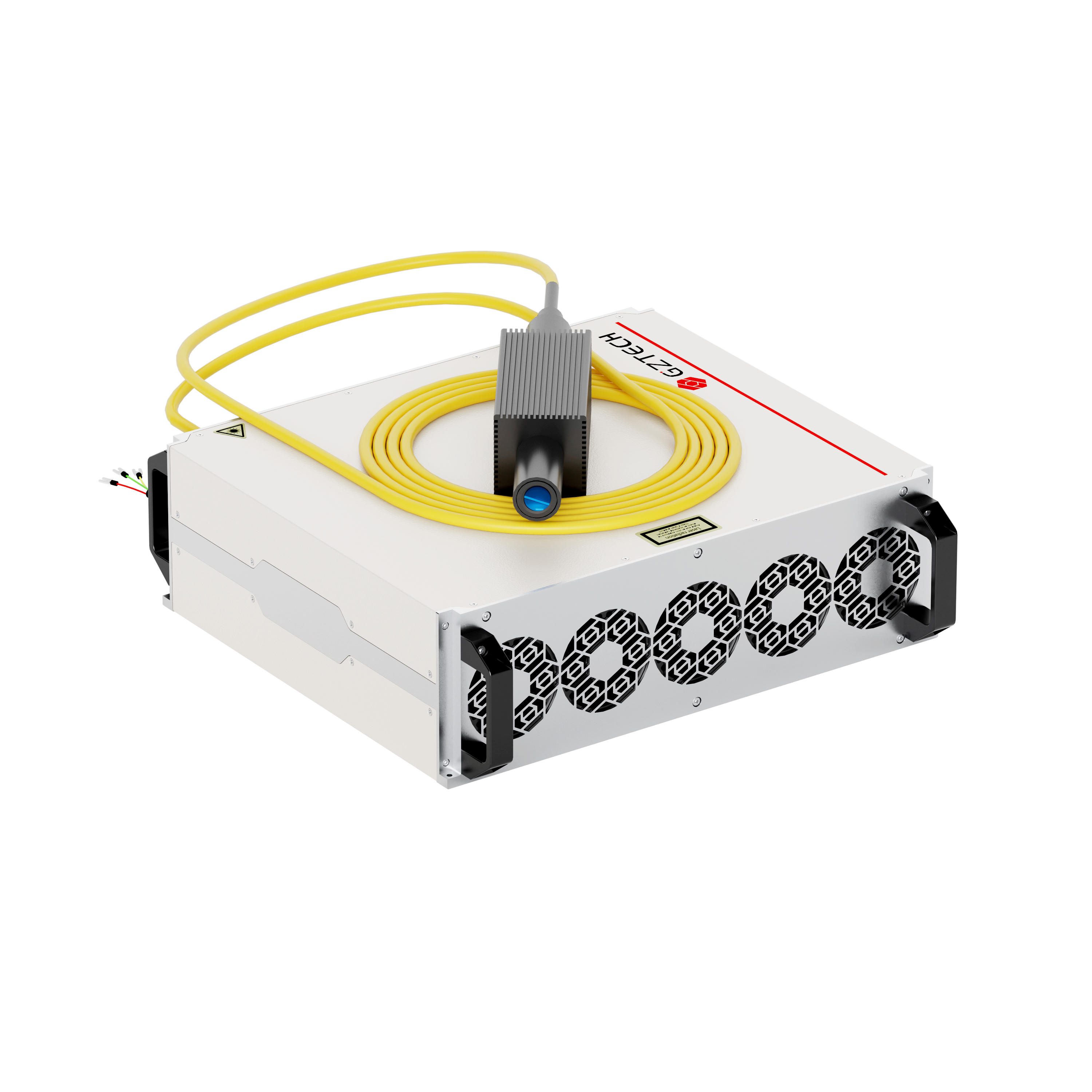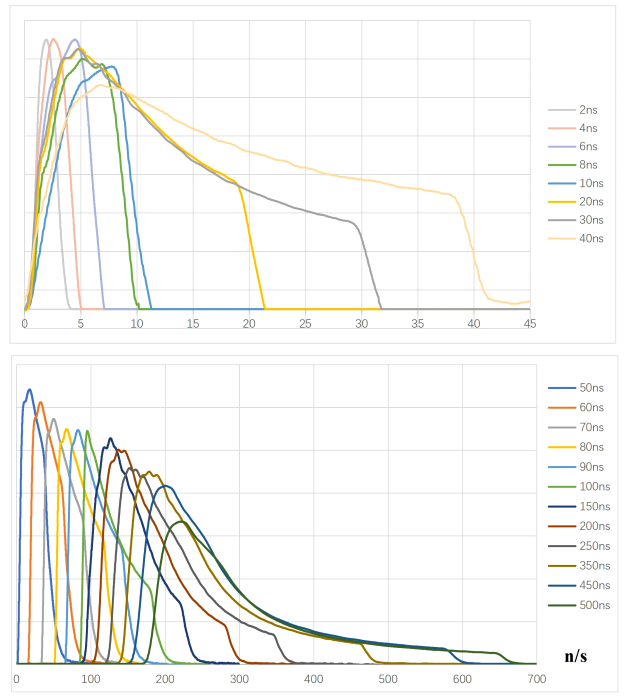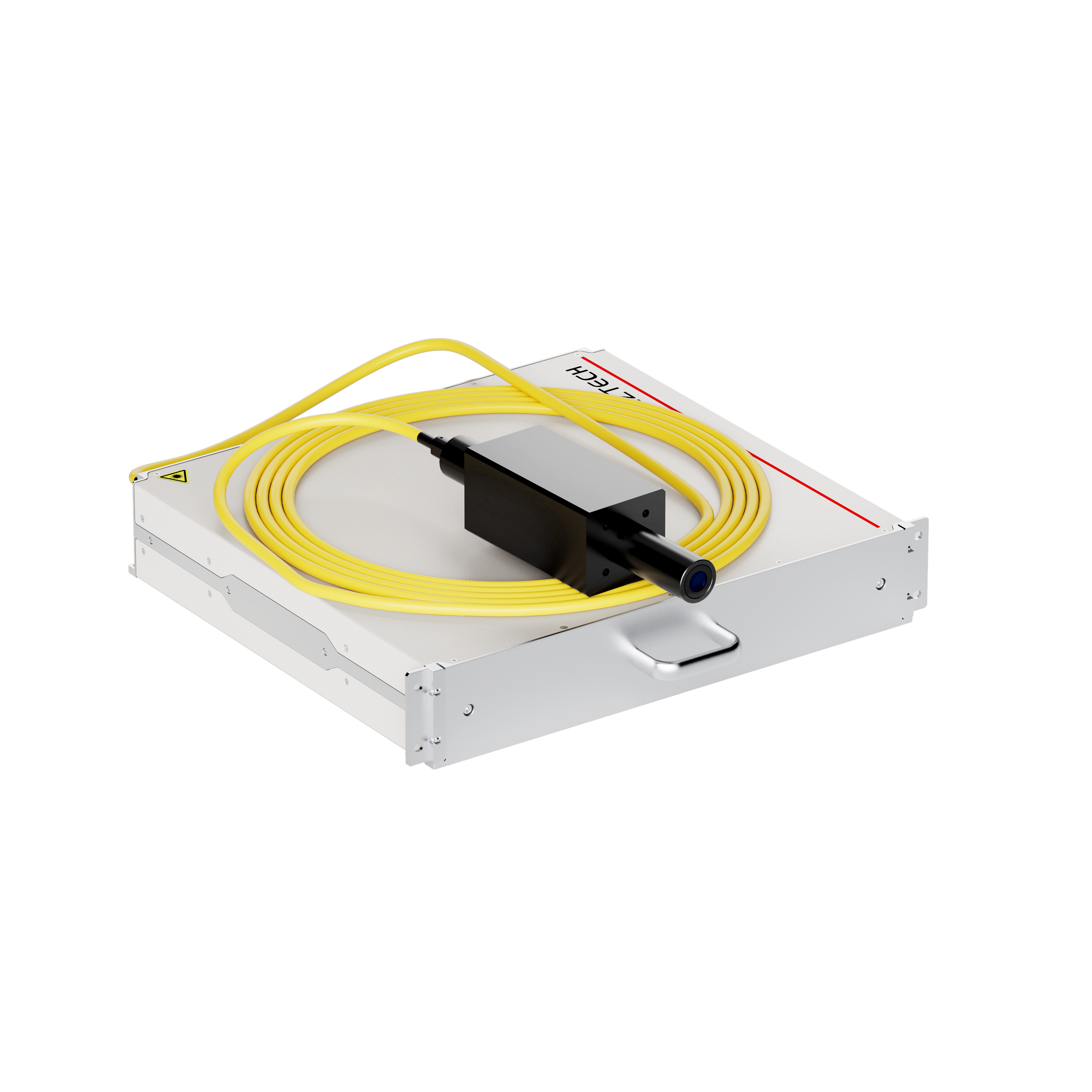- Página Inicial
- Produtos
- Sobre Nós
- Vídeos
- Aplicação
- Notícias
- Central de Ajuda
- Contacte-nos
Introdução A tecnologia de laser ultrarrápido está redesenhando os limites da engenharia de precisão. Entre as inovações mais significativas estão os lasers de pulso curto, que emitem luz em rajadas tão breves quanto femtosegundos (10⁻¹⁵ segundos). Ao contrário dos convenci...
Contate-nos
A tecnologia a laser ultrarrápida está redesenhando os limites da engenharia de precisão. Entre as inovações mais significativas estão laser de pulso curto , que emitem luz em rajadas tão curtas quanto femtosegundos (10⁻¹⁵ segundos). Ao contrário dos sistemas convencionais de onda contínua ou nanossegundos, esses lasers oferecem um controle sem precedentes sobre o processamento de materiais, permitindo a fabricação de alta precisão com praticamente nenhum efeito térmico colateral.

A característica definidora dos lasers de pulso curto reside na sua capacidade de entregar uma potência de pico extremamente elevada dentro de um intervalo de tempo ultra curto. Fenómenos físicos fundamentais incluem:
Duração do Pulso e Intensidade de Pico
Os lasers de picossegundo e femtossegundo atingem potências de pico na faixa de megawatt a gigawatt, apesar de possuírem uma potência média modesta. Essa densidade intensa de energia promove interações únicas na superfície do material.
Absorção Não Linear
Nessas altas intensidades, os materiais absorvem energia por meio de processos multiphoton, mesmo que sejam transparentes ao comprimento de onda do laser em condições normais.
Transferência de Calor Mínima
A energia é depositada mais rapidamente do que o calor consegue se difundir, resultando em uma "ablação a frio". Isso reduz drasticamente a zona afetada pelo calor (HAZ) e preserva a integridade estrutural.
Geração Precisa de Plasma
O plasma forma-se apenas no ponto focal e dissipa-se rapidamente, permitindo a remoção controlada do material sem causar danos colaterais.

Extrema precisão
Pulsos ultrarrápidos permitem a criação de características submicrônicas, essenciais para eletrônicos miniaturizados e componentes de alta precisão.
Processamento Sem Danos
Materiais sensíveis ao calor e frágeis — como vidro, cerâmica e polímeros — podem ser processados sem rachaduras ou deformações.
Compatibilidade Universal de Materiais
Metais, semicondutores, compósitos e tecidos biológicos podem todos ser processados de forma eficaz, tornando essa tecnologia altamente versátil.
Eletrônicos : Perfuração de microfuros em PCBs, marcação de wafer e fabricação de microcircuitos.
Dispositivos Médicos : Produção de stents, cateteres e instrumentos cirúrgicos com tolerâncias rigorosas.
Aeroespacial & Automotivo : Micromecanização de componentes de turbinas, estruturas compostas e texturas superficiais para melhorar a aderência.
Fabricação em Escala Nanométrica
Dispositivos de nova geração, desde sensores MEMS até circuitos fotônicos, dependerão do processamento a laser ultrarrápido para dimensões abaixo de um mícron.
Fabricação ecológica
Laser de curto pulso elimina a gravação química e reduz resíduos, apoiando métodos de produção sustentáveis.
Integração Inteligente
A integração de lasers ultrarrápidos com monitoramento de processos baseado em IA e sistemas robóticos permitirá linhas de microfabricação totalmente automatizadas.
Os lasers de curto pulso combinam precisão baseada em física com versatilidade na fabricação. A sua interação única com a matéria — baseada na entrega ultrarrápida de energia e absorção não linear — os torna indispensáveis para indústrias que buscam tolerâncias mais rigorosas, danos térmicos mínimos e produção mais sustentável. À medida que a miniaturização e a sustentabilidade moldam o futuro, a tecnologia de curto pulso permanecerá na vanguarda da inovação industrial.
